Home>Garden Essentials>How To Clean A Fake Grass Pad For Dogs
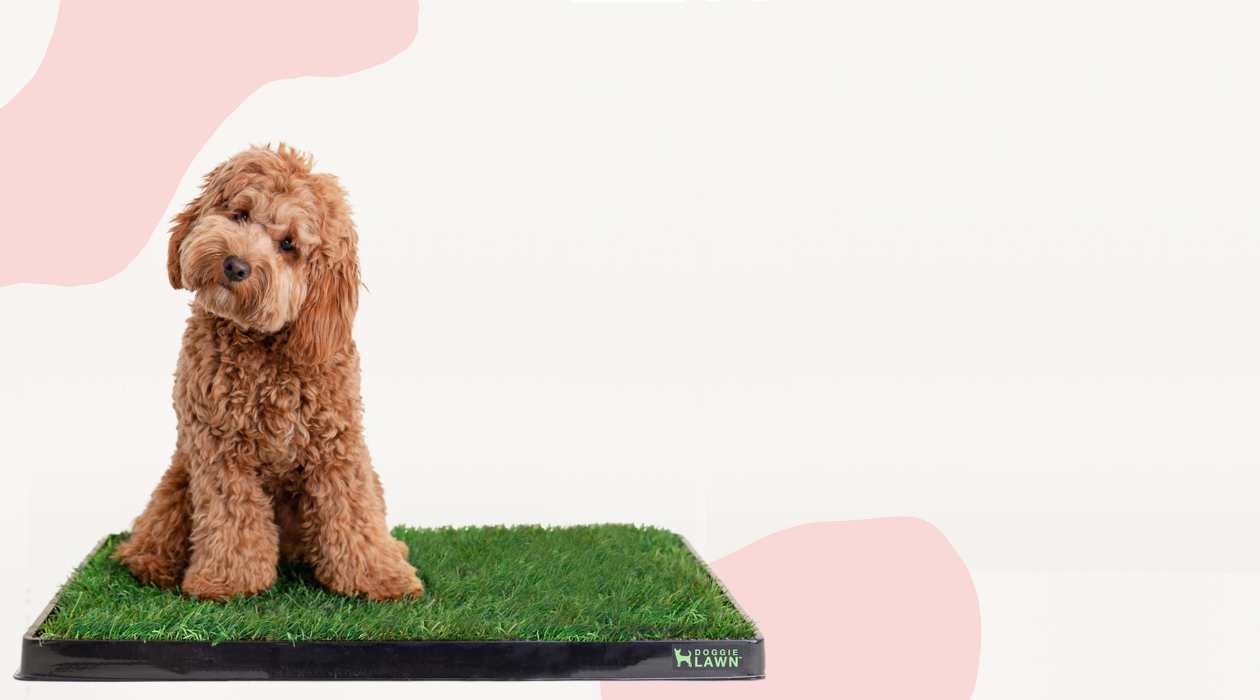

Garden Essentials
How To Clean A Fake Grass Pad For Dogs
Modified: March 15, 2024
Learn how to properly clean and maintain your fake grass pad for dogs in your garden to ensure a hygienic and odor-free environment for your furry friends.
(Many of the links in this article redirect to a specific reviewed product. Your purchase of these products through affiliate links helps to generate commission for Storables.com, at no extra cost. Learn more)
Introduction
Welcome to our comprehensive guide on how to clean a fake grass pad for dogs. Fake grass pads, also known as artificial turf or synthetic grass, provide a convenient and sanitary solution for pet owners. These pads are a popular choice for pet owners who want to provide their dogs with a designated area to do their business without the hassle of real grass maintenance.
While fake grass pads for dogs are low maintenance, they still require regular cleaning to ensure a clean and odor-free environment for your furry friend. Proper cleaning not only keeps the pad looking fresh and appealing but also helps to maintain its longevity.
In this guide, we will walk you through the step-by-step process of cleaning a fake grass pad for dogs. All of the materials needed for this cleaning process can be easily found at your local grocery or pet store.
So, grab your cleaning supplies, put on your gloves, and let’s get started!
Key Takeaways:
- Keep your fake grass pad clean by removing debris, rinsing with water, and using pet-friendly products. This ensures a safe and pleasant space for your furry friend to play and relax.
- Regular cleaning with vinegar, pet-friendly disinfectant, and baking soda helps maintain a fresh and odor-free fake grass pad for your dog’s enjoyment.
Read more: How To Clean Dog Poop On Fake Grass
Materials needed
Before we begin the cleaning process, it’s important to gather all the necessary materials. Here’s a list of what you’ll need:
- Water hose or bucket
- Mild detergent or pet-safe soap
- Vinegar
- Scrub brush or broom
- Pet-friendly disinfectant
- Baking soda
- Rubber gloves
Make sure to choose a pet-friendly detergent and disinfectant that is free from harmful chemicals. You can find these products specifically designed for pet use at most pet stores or online.
Once you have gathered all the necessary materials, you’re ready to start cleaning your fake grass pad for dogs.
Step 1: Remove debris
The first step in cleaning a fake grass pad for dogs is to remove any accumulated debris. Over time, leaves, sticks, and dirt can collect on the surface, causing it to look untidy and potentially harboring bacteria.
To remove debris, start by using a rake or a gloved hand to gently rake or scoop up any loose debris on the surface of the pad. Dispose of the debris in a trash bag or compost bin.
If there are any stubborn debris or pet waste that is stuck on the grass fibers, use a poop scoop or a plastic bag turned inside out to pick them up. Be careful not to press the waste into the grass. Dispose of the waste properly and sanitize your hands afterward.
Once you have removed all visible debris, proceed to the next step: rinsing the fake grass pad with water.
Step 2: Rinse with water
After removing debris from the fake grass pad, it’s time to give it a thorough rinse with water. Rinsing the pad helps to remove any remaining dirt, dust, and pet waste that may be trapped within the fibers.
If you have access to a water hose, simply connect it to a water source and turn on the water to a moderate pressure. Begin by spraying the entire surface of the fake grass pad, starting from one end and moving systematically to the other. Make sure to cover all areas, ensuring that the water reaches the base of the grass fibers.
If a water hose is not available, you can use a bucket or large container filled with water instead. Use a cup or ladle to pour the water onto the surface of the pad, ensuring that it is evenly distributed.
During the rinsing process, pay special attention to any areas that may have accumulated more pet waste or dirt. Use your hand or a soft brush to gently agitate the fibers and help dislodge any trapped debris.
Continue rinsing until the water runs clear and free of any dirt or residues. This step helps to prepare the grass pad for the next cleaning stages.
Once the fake grass pad is thoroughly rinsed, it’s time to move on to the next step: applying a vinegar solution.
Step 3: Apply vinegar solution
Applying a vinegar solution to the fake grass pad helps to disinfect and remove any lingering odors. Vinegar is a natural and safe cleaning agent that effectively kills bacteria and neutralizes unpleasant smells.
To make the vinegar solution, mix equal parts of white vinegar and water in a spray bottle or bucket. The amount of solution you’ll need depends on the size of your fake grass pad, but a general guideline is to use about one cup of vinegar for every gallon of water.
Once the vinegar solution is prepared, evenly distribute it over the surface of the grass pad. You can do this by spraying it directly from the bottle or pouring it from the bucket. Make sure to cover the entire area, focusing on any spots that may have more noticeable odors or stains.
Allow the vinegar solution to sit on the fake grass for about 10 to 15 minutes. During this time, the vinegar will work its magic, killing bacteria and neutralizing odors. If there are any particularly stubborn stains or smells, you can use a soft brush to gently scrub the affected areas.
After the vinegar solution has had time to work, move on to the next step: scrubbing the grass pad with a brush.
To clean a fake grass pad for dogs, start by removing any solid waste and then use a mixture of water and mild soap to scrub the surface. Rinse thoroughly with clean water and let it air dry before allowing your dog to use it again.
Read more: How To Wash Fake Grass Pee Pad
Step 4: Scrub with a brush
Scrubbing the fake grass pad with a brush helps to remove any remaining dirt, stains, or debris that may be embedded within the fibers. This step ensures a thorough cleaning and helps to revitalize the appearance of the grass.
Start by selecting a scrub brush with soft bristles or a synthetic turf-specific brush. Avoid using brushes with stiff bristles, as they may damage the grass fibers or cause them to become loose.
Dip the brush into a bucket of soapy water or the vinegar solution prepared in the previous step. Make sure the brush is well soaked but not dripping wet.
Begin scrubbing the fake grass pad in a gentle but firm circular motion. Work systematically from one end to the other, ensuring that all areas of the pad are covered. Pay extra attention to any stained or soiled areas and scrub them more thoroughly.
While scrubbing, if you encounter any stubborn stains or stuck debris, apply some extra pressure and continue scrubbing until the surface is clean. Avoid excessive force, as it may cause damage to the grass fibers.
If the brush becomes dirty or clogged with debris during the process, rinse it with clean water and continue. This prevents the brush from spreading dirt or residue back onto the grass.
Once you have finished scrubbing the entire surface of the fake grass pad, proceed to the next step: rinsing it with water again.
Step 5: Rinse again
After scrubbing the fake grass pad, it’s important to rinse it again to remove any loosened dirt, soap residue, or remaining debris. Rinsing ensures a thorough cleaning and helps to restore the natural look of the synthetic grass.
Using a water hose or bucket, once again, rinse the entire surface of the pad with clean water. Start from one end and move systematically to the other, making sure to cover all areas evenly.
While rinsing, pay close attention to ensure that the water reaches the base of the grass fibers, flushing out any residual dirt or soap. Use your hand or a soft brush to gently agitate the fibers and help dislodge any remaining debris.
Continue rinsing until the water runs clear and there are no visible traces of dirt or soap suds. This step is crucial to ensure that the grass pad is thoroughly cleaned and ready for the next stage of the cleaning process.
Once the fake grass pad has been effectively rinsed, move on to the next step: disinfecting the surface with a pet-friendly solution.
Step 6: Disinfect with pet-friendly solution
Disinfecting the fake grass pad with a pet-friendly solution is an essential step to ensure a hygienic and safe environment for your furry friend. It helps eliminate any remaining bacteria, germs, or odors that may be present on the surface of the grass.
Choose a pet-friendly disinfectant that is specifically formulated for use on artificial turf. Look for products that are labeled as safe for pets and free from harsh chemicals.
Follow the instructions provided on the disinfectant bottle for the recommended dilution ratio, if applicable. In a bucket or spray bottle, mix the disinfectant solution according to the instructions.
Once prepared, evenly distribute the pet-friendly disinfectant over the entire surface of the fake grass pad. You can either pour it directly from the bucket or spray it using a spray bottle.
Make sure to cover all areas of the grass pad, paying extra attention to heavily soiled or high-traffic areas. Use a brush or broom to gently agitate the solution into the grass fibers, ensuring thorough coverage.
Allow the pet-friendly disinfectant to sit on the grass pad for the recommended amount of time specified by the product instructions. This allows the solution to effectively disinfect the surface and neutralize any remaining odors.
After the recommended time has elapsed, rinse the fake grass pad with clean water to remove the disinfectant residue. Rinse thoroughly, ensuring that all traces of the solution are rinsed away.
Now that the fake grass pad has been disinfected, it’s time for the final step: removing any lingering odors with baking soda.
Step 7: Remove odor with baking soda
The final step in cleaning a fake grass pad for dogs is to remove any lingering odors by using baking soda. Baking soda is a natural deodorizer that helps absorb and neutralize unpleasant smells.
To begin, sprinkle a generous amount of baking soda over the entire surface of the fake grass pad. Make sure to distribute it evenly, covering all areas of the grass.
Using a broom or brush, gently work the baking soda into the grass fibers. This helps to ensure that the baking soda reaches the base of the fibers and has maximum contact with any odor-causing substances.
Leave the baking soda on the grass pad for at least 15 to 30 minutes. This allows the baking soda to absorb the odors effectively.
Once the allotted time has passed, use a broom or brush to sweep the baking soda off the fake grass pad. Make sure to remove as much of the baking soda as possible.
Lastly, rinse the grass pad with clean water to ensure that all traces of baking soda are washed away. This step is crucial to prevent any residue from being transferred onto your pet or your home.
After rinsing, allow the fake grass pad to air dry completely before allowing your dog to use it again. Proper drying helps to prevent any potential bacterial growth and keeps the pad fresh and clean for your furry friend.
And there you have it! Following these steps will help you effectively clean and maintain your fake grass pad for dogs, ensuring a clean and enjoyable environment for both you and your pet.
Remember, regular and proper cleaning is essential to prevent the buildup of germs, bacteria, and unpleasant odors. By taking the time to clean your fake grass pad, you can provide your dog with a safe and sanitary space to play, relax, and do their business.
Now go ahead and give your furry friend a clean and fresh fake grass pad to enjoy!
Note: The information provided in this article is meant as a general guide. Always refer to the manufacturer’s instructions for specific cleaning recommendations for your specific fake grass pad.
Read more: How To Build A Grass Pad For Dogs
Conclusion
Cleaning a fake grass pad for dogs is a necessary task to ensure a clean and hygienic environment for your furry friend. By following the step-by-step process outlined in this guide, you can keep your fake grass pad looking fresh, odor-free, and safe for your dog to use.
Remember, regular maintenance is key to preserving the longevity and appearance of your artificial turf. By removing debris, rinsing with water, applying vinegar solution, scrubbing, disinfecting, and eliminating odors with baking soda, you can effectively clean and maintain your fake grass pad.
It is important to use pet-friendly cleaning products and follow the manufacturer’s instructions. Avoid using harsh chemicals, as they may damage the integrity of the grass fibers or pose health risks to your pet.
A clean and well-maintained fake grass pad not only provides a convenient and sanitary solution for your pet, but it also enhances the overall aesthetics of your outdoor space. It allows your dog to have a designated area to play, relax, and do their business without the hassle of real grass maintenance.
By incorporating regular cleaning into your pet care routine, you can ensure a pleasant and enjoyable environment for both you and your dog. Your furry friend will appreciate the clean and fresh space, and you can have peace of mind knowing that you are providing them with a safe and hygienic space to thrive.
So, follow these steps, gather the necessary materials, and dedicate some time to clean your fake grass pad for dogs. Your pet will thank you for it, and you can enjoy a beautiful and well-maintained outdoor space.
Frequently Asked Questions about How To Clean A Fake Grass Pad For Dogs
Was this page helpful?
At Storables.com, we guarantee accurate and reliable information. Our content, validated by Expert Board Contributors, is crafted following stringent Editorial Policies. We're committed to providing you with well-researched, expert-backed insights for all your informational needs.
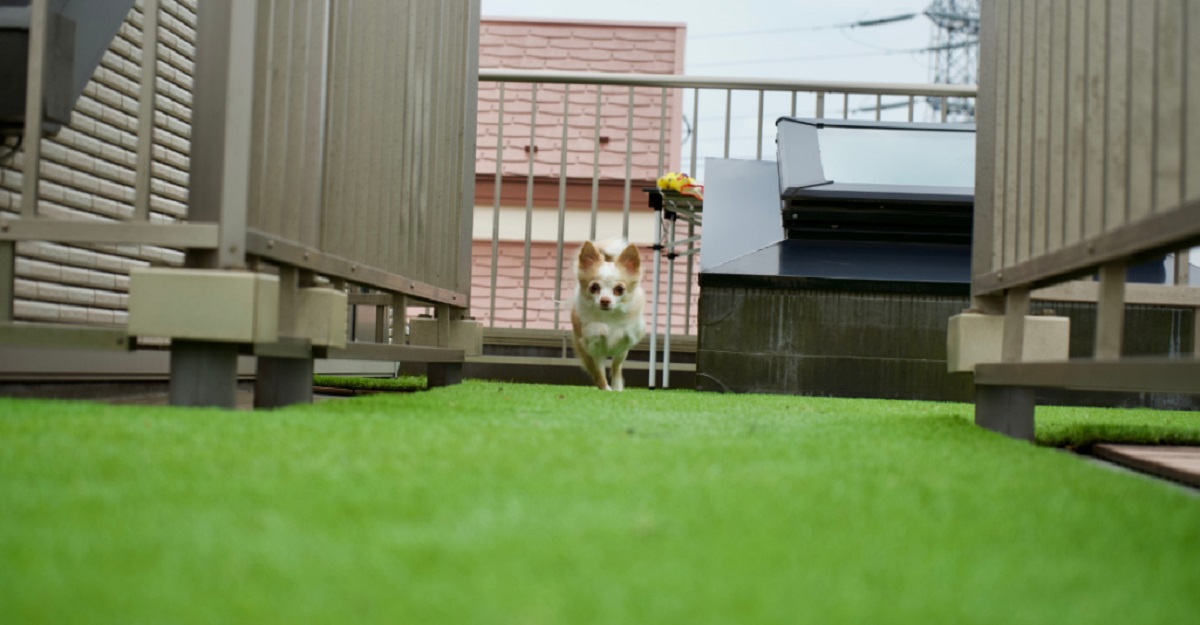
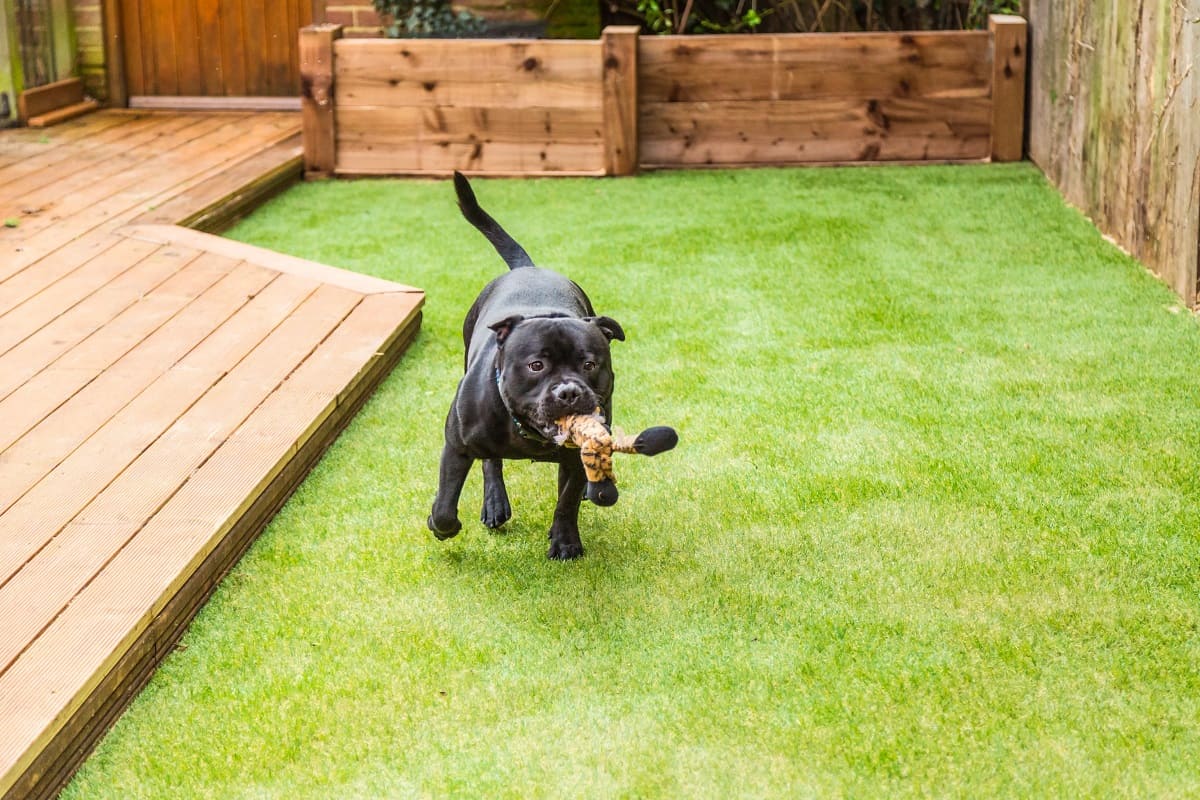
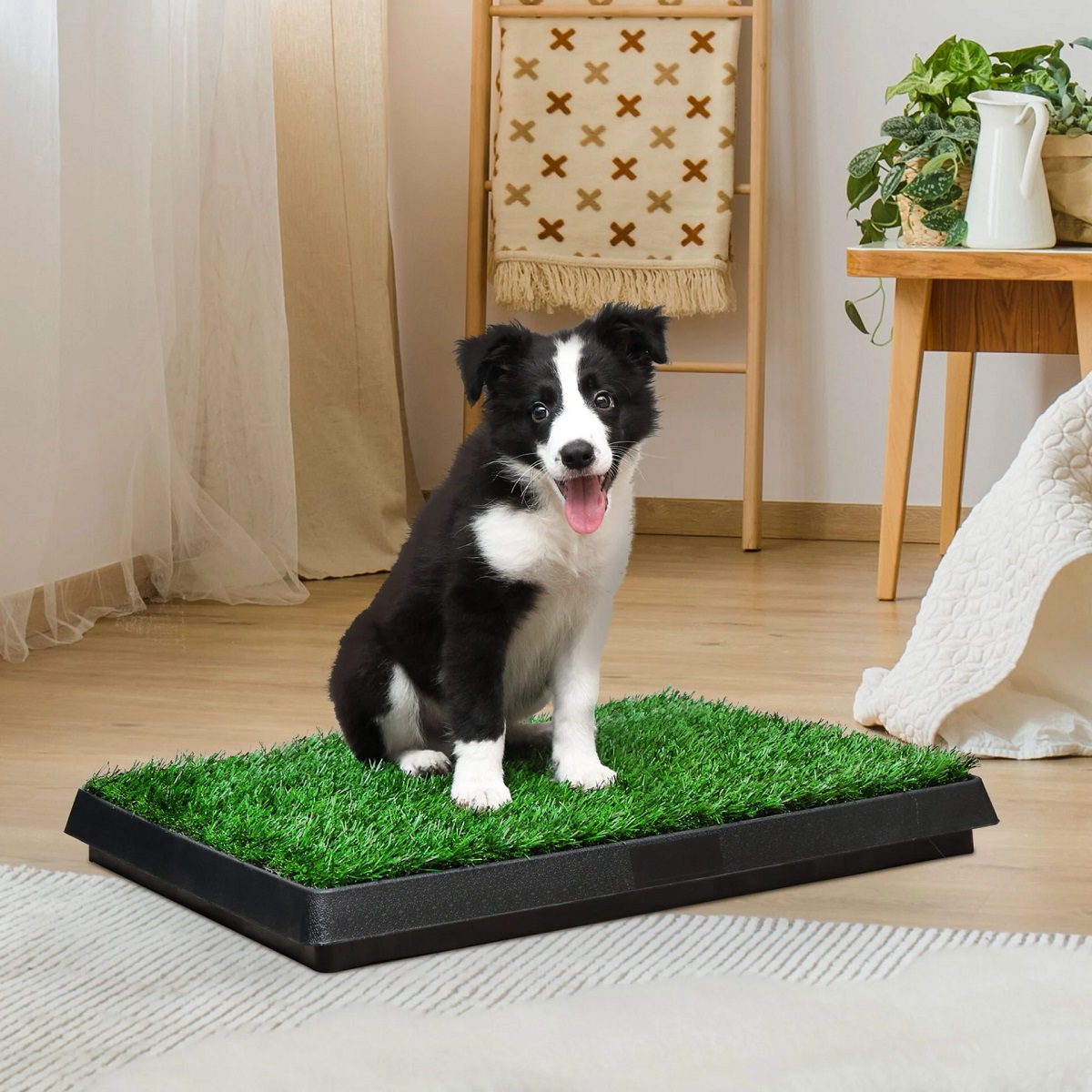
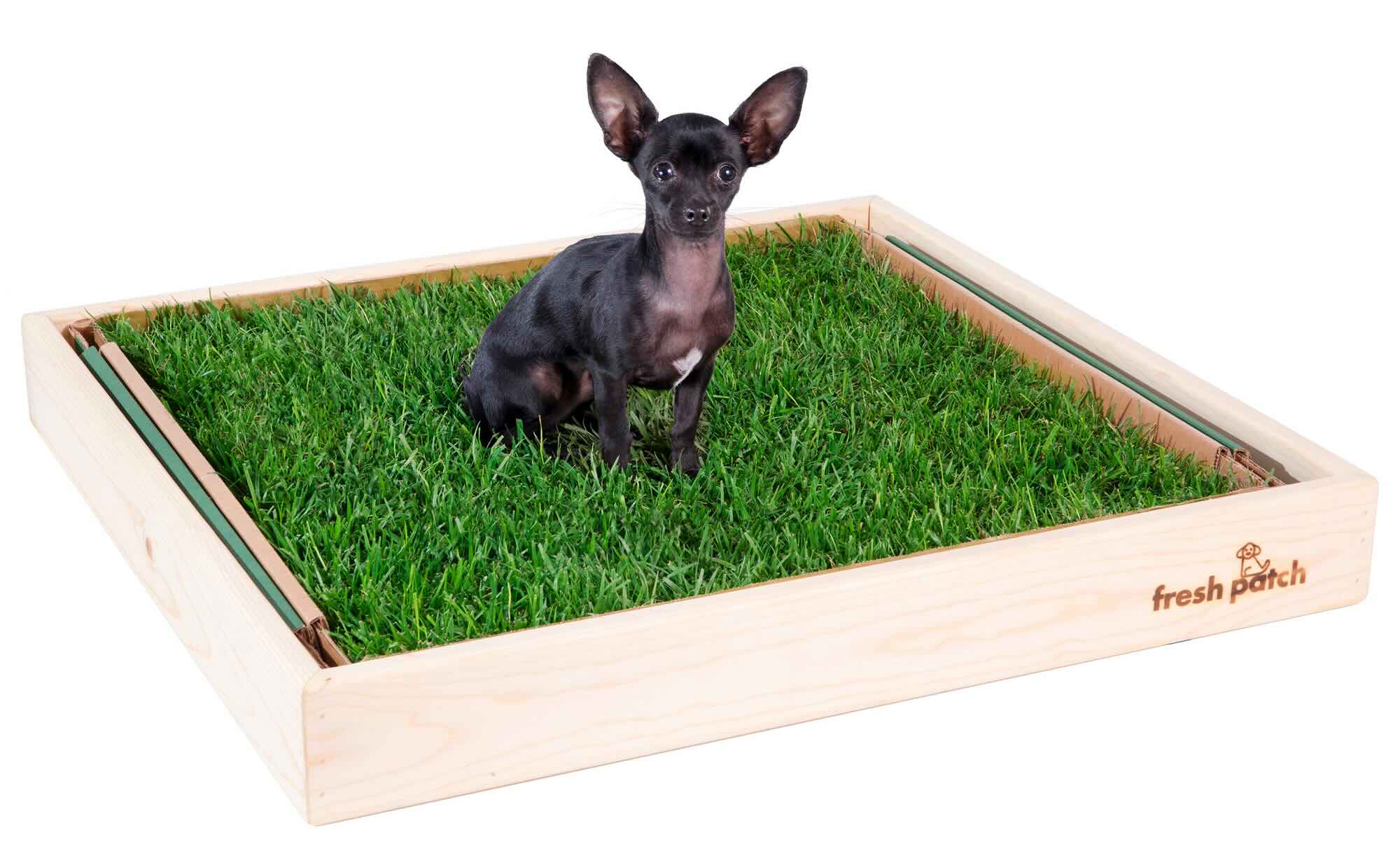
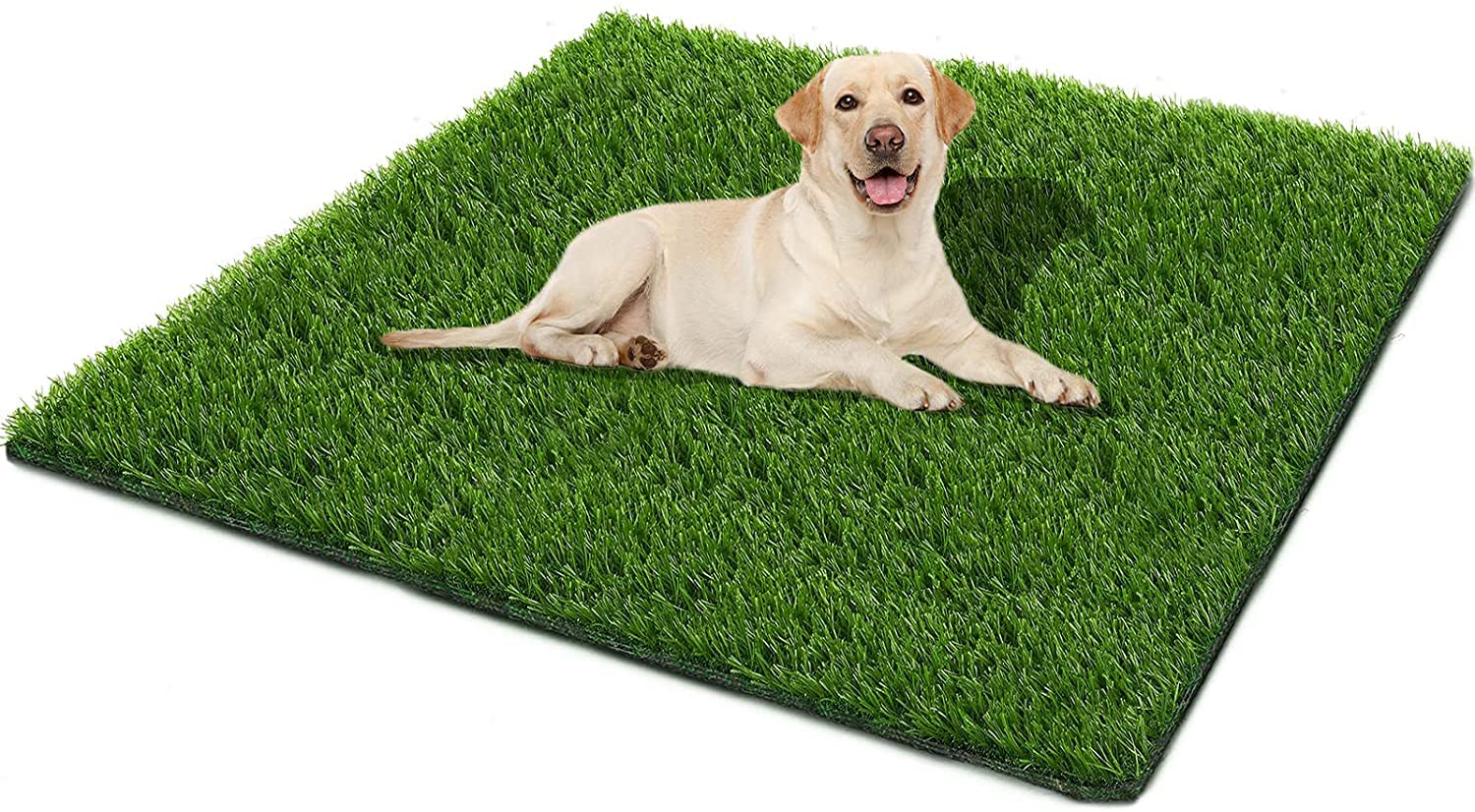
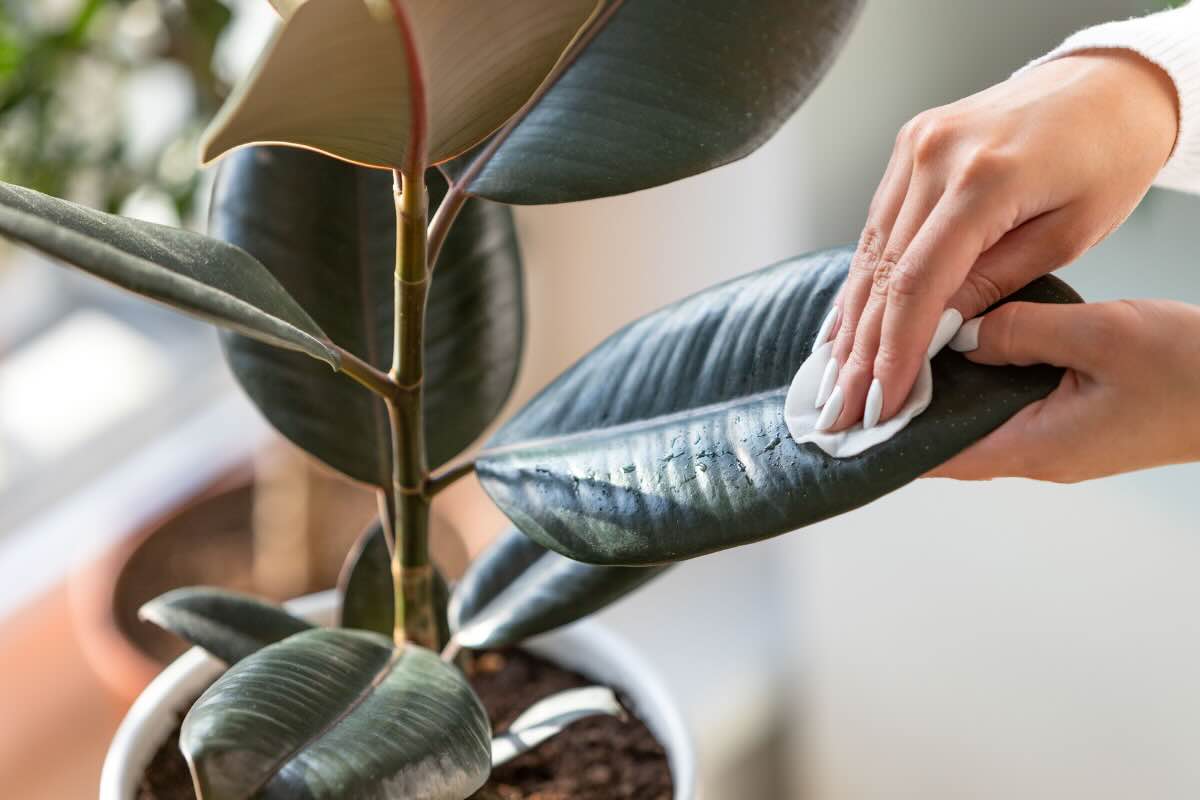
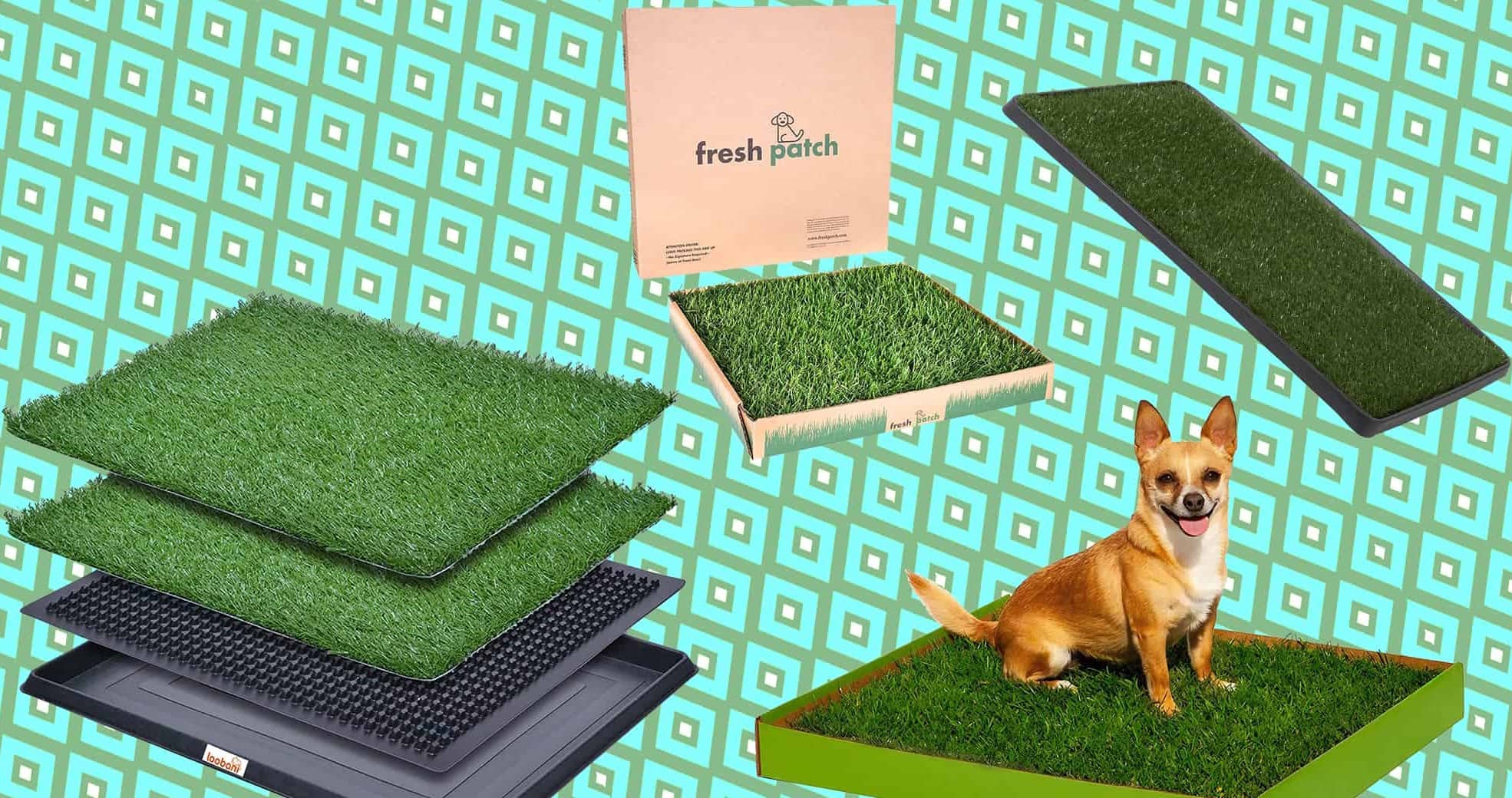
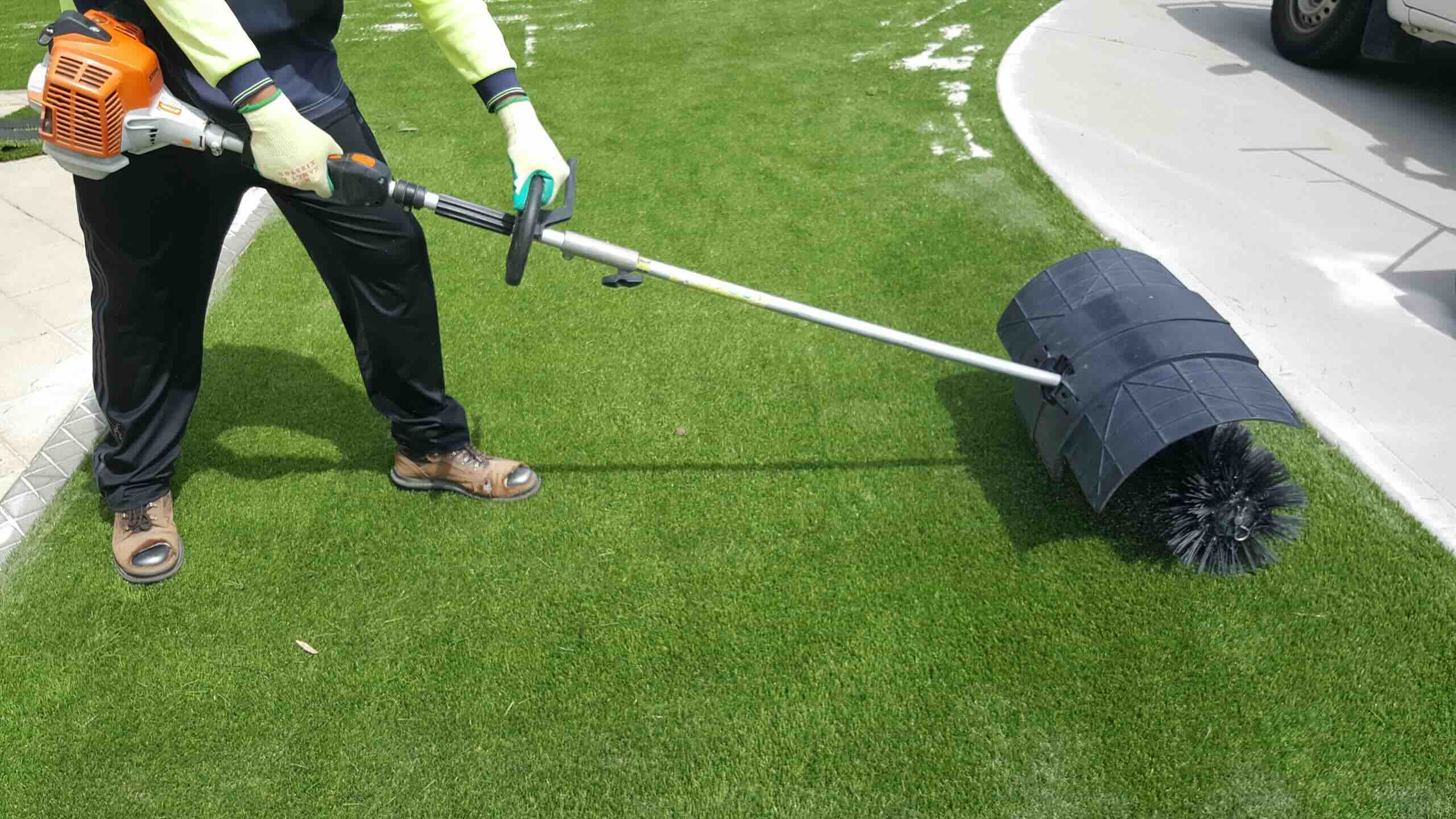
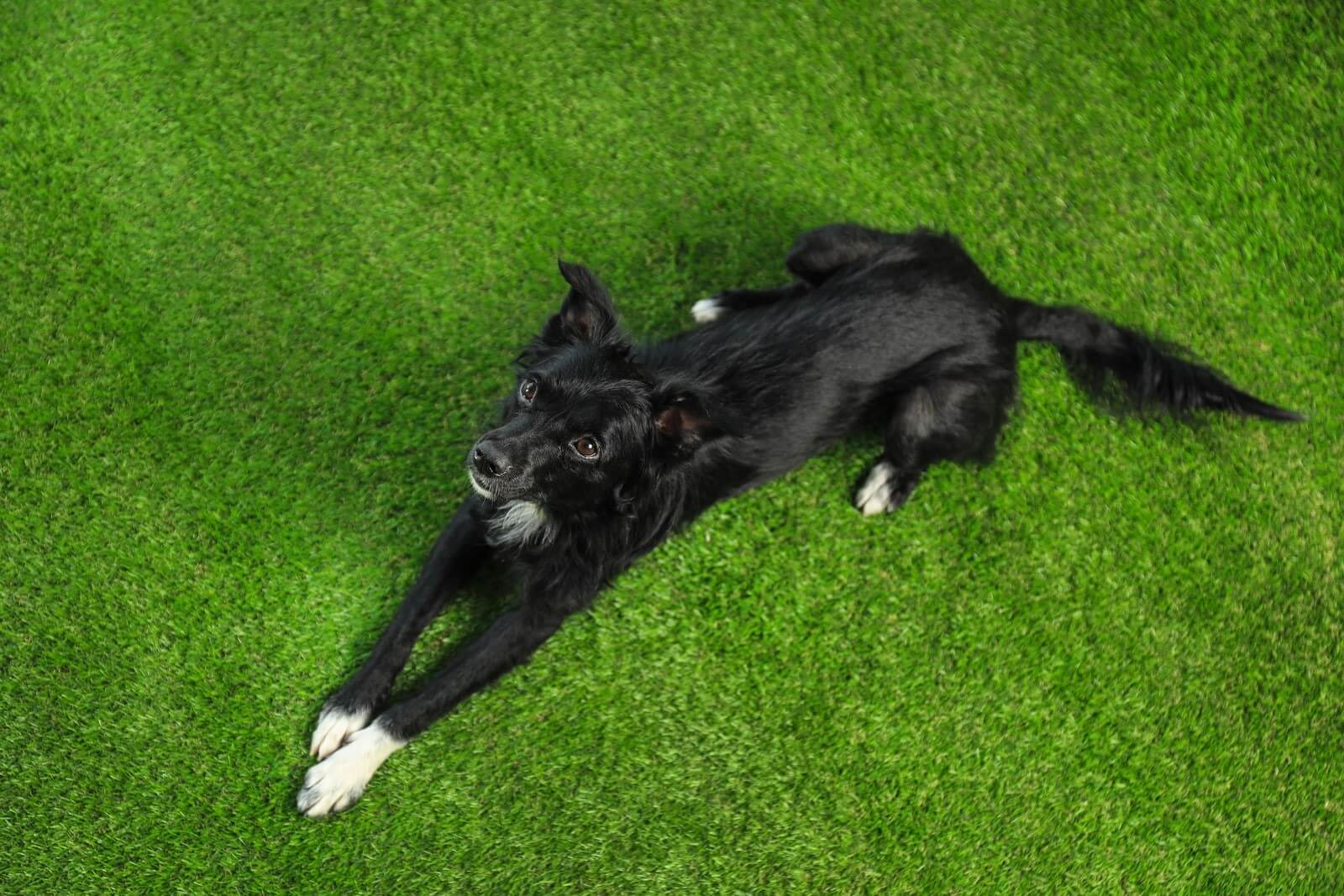
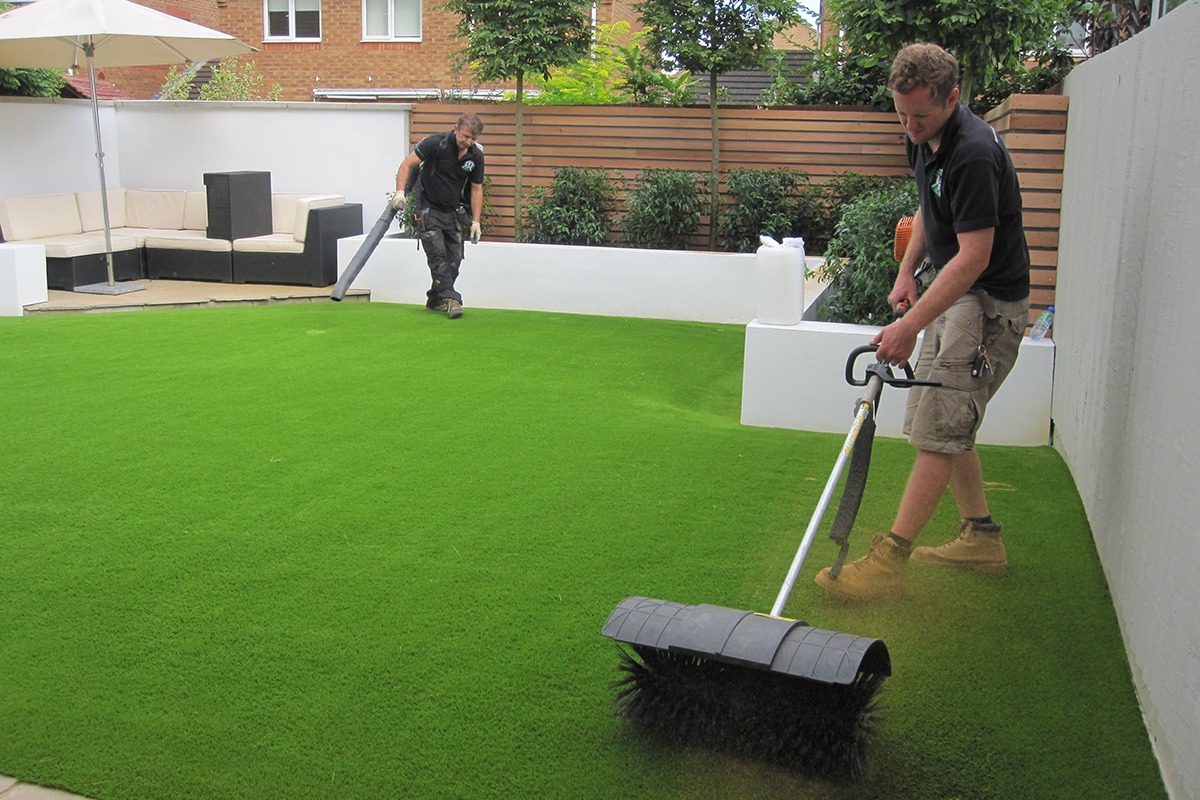
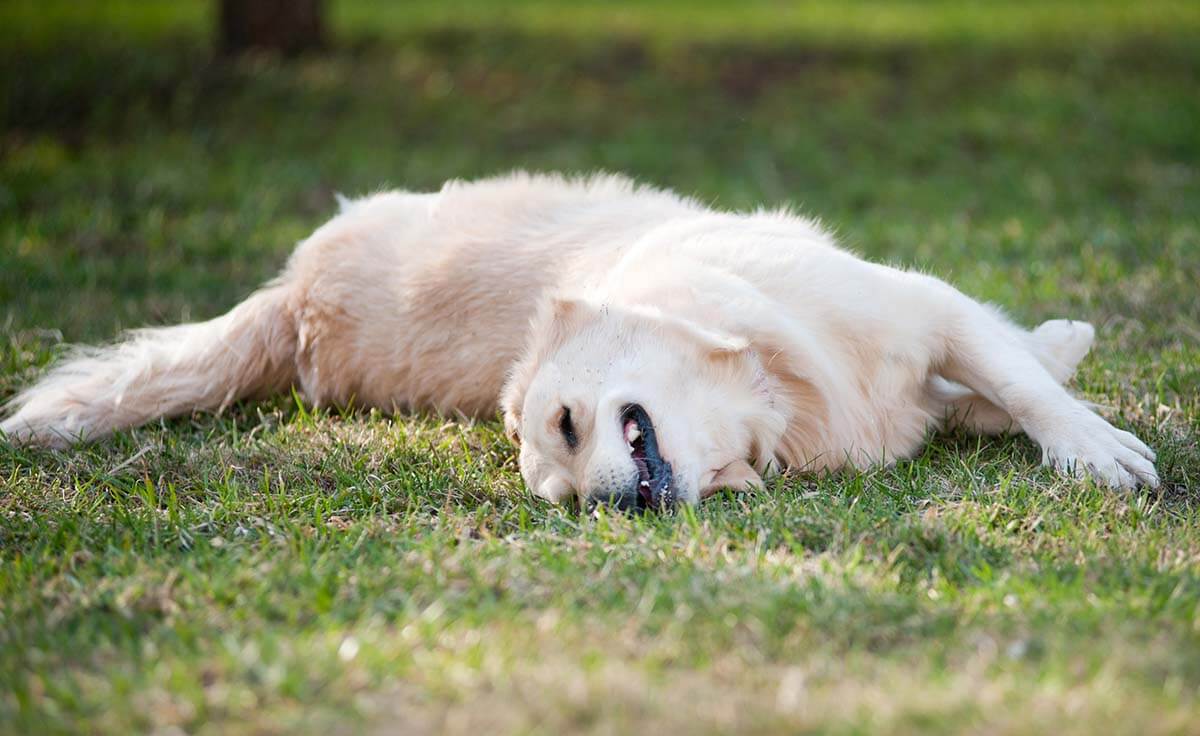
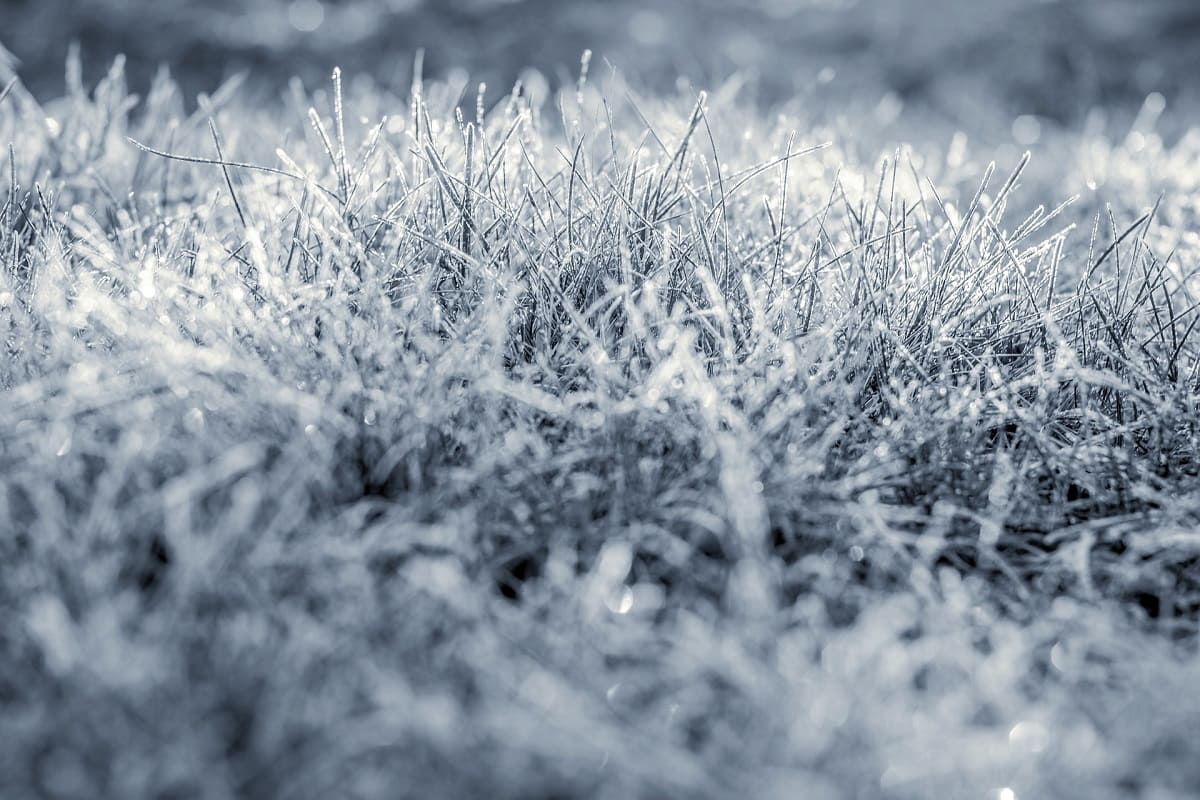
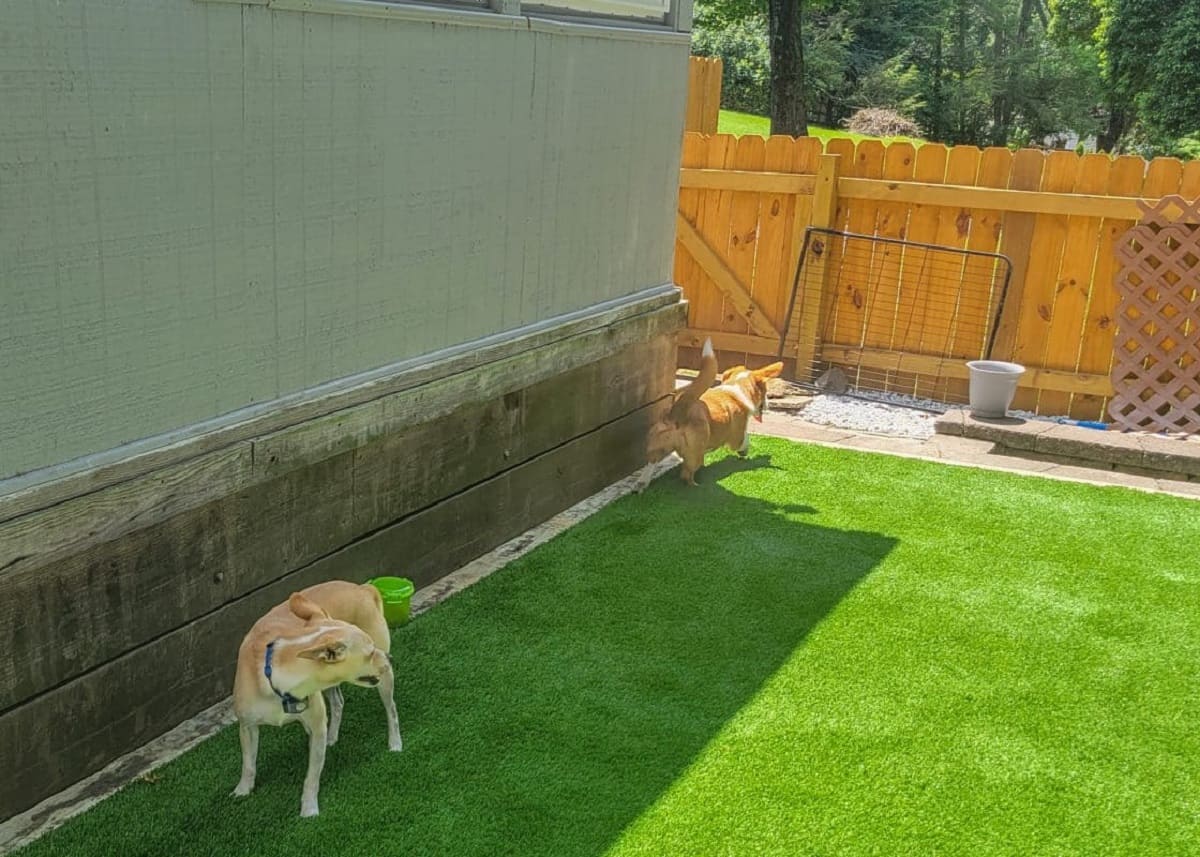

0 thoughts on “How To Clean A Fake Grass Pad For Dogs”